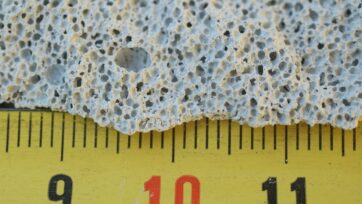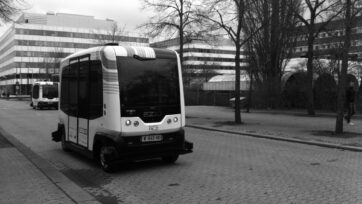In a groundbreaking development, researchers at the Broad Institute of MIT and Harvard have engineered virus-like particles (VLPs) to efficiently deliver prime editing machinery to cells in living animals, with successful results in mice. Prime editing, a powerful gene-editing technique introduced in 2019, has the potential to correct a wide range of genetic mutations responsible for various diseases. The research, published in Nature Biotechnology, showcases a significant leap forward in the delivery of therapeutic gene-editing tools to living organisms.
Efficient Prime Editing Delivery System Developed
The team, led by David Liu, a Professor and Director at the Merkin Institute of Transformative Technologies in Healthcare at the Broad, adapted their previously designed eVLPs, initially engineered for carrying base editors, to now deliver prime editors. This innovative approach resulted in a substantial improvement, increasing the editing efficiency up to 170 times in human cells compared to previous eVLPs designed for base editors.
Correcting Genetic Disorders in Mice
The researchers tested their advanced system on mice, aiming to correct genetic mutations causing retinitis pigmentosa and Leber congenital amaurosis (LCA), two conditions leading to vision impairment. The eVLPs successfully corrected mutations in approximately 20% of the animals’ retina cells, partially restoring their vision. Importantly, the study also demonstrated the system’s ability to edit genes in the mouse brain without detecting any off-target editing, suggesting potential therapeutic applications for genetic disorders in living animals.
Coordinated Improvements Yield Significant Efficiency Boost
The success of the engineered delivery system can be attributed to coordinated improvements in both the eVLP proteins and the prime editing machinery. The researchers enhanced how the prime editing cargo was packaged, separated from the delivery vehicle, and entered the target cells’ nuclei. Cumulatively, these improvements led to a remarkable 100-fold increase in efficiency, marking a crucial step towards achieving therapeutically relevant levels of prime editing.
Future Directions for Gene Editing Technology
David Liu emphasized the importance of delivering gene editing machinery as proteins to minimize potential side effects, and this study represents a significant stride in achieving that goal. The team now plans to actively work on further improving eVLPs and adapting the technology to target other tissue types within the body.
As the field of gene editing progresses, these advancements open new possibilities for treating genetic disorders in humans and animals alike.
References
C.P. Williams, Sarah 2024, ‘Researchers engineer in vivo delivery system for prime editing, partially restoring vision in mice’, Broad Institute, viewed 10th January 2024, <https://www.broadinstitute.org/news/researchers-engineer-vivo-delivery-system-prime-editing-partially-restoring-vision-mice>

























